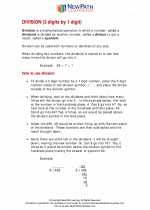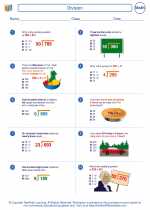Polygonal Faces
A polygonal face is a flat surface on a three-dimensional shape that is defined by a closed loop of straight line segments. These line segments form a polygon, which is a two-dimensional shape with straight sides. The number of sides of the polygon determines the type of polygonal face. For example, a face with three sides is called a triangular face, a face with four sides is called a quadrilateral face, and so on. Polygonal faces are important in the study of geometry and help us understand the properties and characteristics of three-dimensional shapes.
Study Guide
Here are some key points to remember when studying polygonal faces:
- Identifying Polygonal Faces: When looking at a three-dimensional shape, identify the flat surfaces that are formed by straight line segments to determine the polygonal faces.
- Types of Polygonal Faces: Understand the different types of polygonal faces such as triangular faces, quadrilateral faces, pentagonal faces, and so on. Each type of polygonal face has its own unique properties and characteristics.
- Counting Sides: Count the number of sides of each polygonal face to determine its type and properties. This will help in classifying the faces and understanding their geometric features.
- Visualizing Shapes: Practice visualizing and drawing various three-dimensional shapes to see how polygonal faces form and relate to each other within the shape.
- Real-world Examples: Look for real-world objects and structures that have polygonal faces, such as buildings, pyramids, and prisms. This will help in understanding the practical applications of polygonal faces in everyday life.
By mastering the concept of polygonal faces, you will gain a deeper understanding of three-dimensional shapes and their geometric properties.
.◂Math Worksheets and Study Guides Sixth Grade. Division

 Worksheet/Answer key
Worksheet/Answer key
 Worksheet/Answer key
Worksheet/Answer key
 Worksheet/Answer key
Worksheet/Answer key
